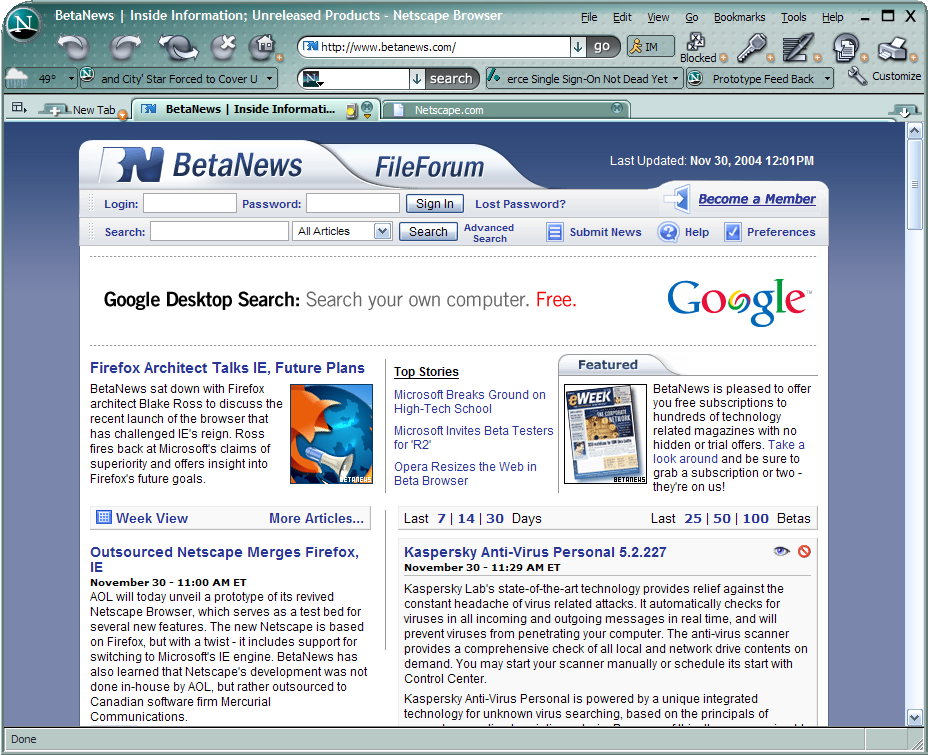By exploiting an as-yet-unpatched hole in Microsoft’s Internet Explorer browser, cybercriminals are installing fake antivirus products and malicious back doors on victim’s computers, security companies are warning. On March 9 Microsoft released the first warning of the flaw in the browser, and admitted it had already been exploited in targeted attacks.
But now, according to researchers, the exploits are much more widespread. By late last week, security vendor AVG was getting reports of 30,000 attacks per day, according to Roger Thompson, AVG’s chief research officer.
“It’s not a massive attack, but it’s an unpatched exploit being used aggressively,” he said Tuesday, in an instant message interview.
It appears that two separate cybergangs have begun using the exploit — the first uses it to install fake antivirus software on victim’s computers; the second group is installing a variant of the Sinowal Trojan, Thompson said.
Most of the attacks are being hosted on Web sites that appear to be specifically set up to host the attack code, rather than hacked sites, Thompson said.
Although AVG tracked just 16,000 attacks on Monday, Thompson predicted that problem would get worse in the next few days, putting pressure on Microsoft to rush out a fix for the bug ahead of it’s scheduled April 13 security updates. “I would expect it to be adopted by more gangs over the next couple of weeks, as soon as they figure out where to find a copy,” Thompson said.
Rival AV vendor Trend Micro agreed that attacks are on the rise. “It’s popping up all over the place,” said Paul Ferguson, a researcher with the company. “It started off slowly, but I really started noticing it yesterday, and then today — there were a bunch of sites which harbored this exploit,” he said via instant message on Tuesday.
Internet Explorer versions 6 and 7 are vulnerable to the attack. For it to work, however, the victim has to first visit a Web site hosting the malicious code.
Microsoft’s March 9 announcement of the hole was the second time in the previous 60 days that Microsoft had admitted that hackers were exploiting an unpatched bug in IE. In mid-January, Microsoft said that a flaw in IE had been used to attack several companies’ networks , including Google Inc.’s and Adobe Systems Inc.’s. Microsoft patched that vulnerability, and seven others, later in the month when it issued an emergency update , often dubbed an “out-of-band” update.





So Using IE now seems risky.
Pingback: Traducir RSS